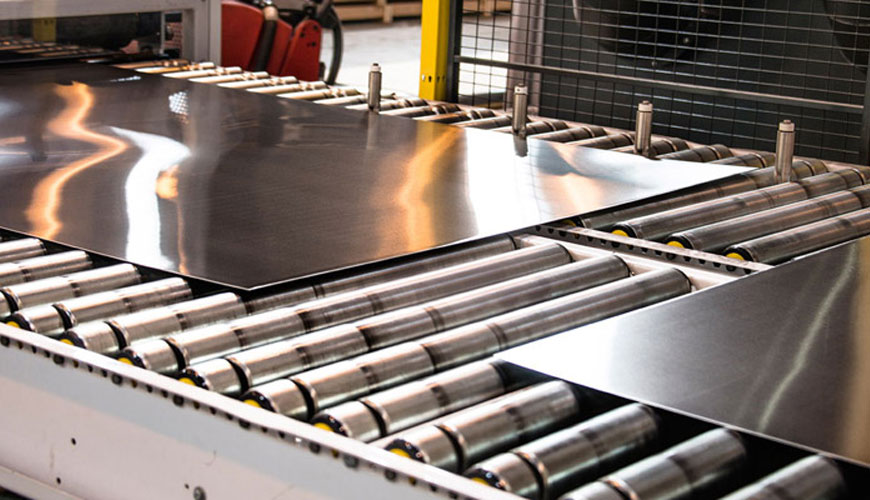

EUROLAB, with its state-of-the-art accredited laboratories and expert team, provides precise and fast testing services within the scope of ASTM A923 testing. This standard covers the detection of harmful intermetallic phase in duplex austenitic/ferritic stainless steel to the extent that toughness and corrosion resistance are significantly affected.

These test methods will not necessarily detect losses in toughness or corrosion resistance attributable to other causes. For the classification of duplex stainless steel structures, test method A-sodium hydroxide abrasion test, test method B-Charpy impact test and test method C-ferric chloride corrosion test will be performed.
The purpose of these test methods is to detect the presence of intermetallic phases in duplex stainless steels to the extent that toughness or corrosion resistance is significantly affected. These test methods will not necessarily detect losses in toughness or corrosion resistance attributable to other causes.
Duplex (austenitic-ferritic) stainless steels are susceptible to the formation of intermetallic compounds during exposure in the temperature range of approximately 600 to 1750°F (320 to 955°C). The rate of these precipitation reactions is a function of the composition and thermal or thermomechanical history of each part. The presence of these phases is detrimental to toughness and corrosion resistance.
Proper heat treatment of duplex stainless steels can remove these harmful phases. Rapid cooling of the product provides maximum resistance to the formation of harmful phases with subsequent thermal exposures.
Compliance with the chemical and mechanical requirements for the applicable product specification does not indicate the absence of harmful phases in the product.
These test methods include:
The presence of harmful intermetallic phases is easily detected in all three tests, provided a sample with the appropriate location and orientation is selected. Because the formation of intermetallic phases is a function of temperature and cooling rate, it is essential that tests are applied to the region of the material experiencing the conditions most likely to promote intermetallic phase formation. In the case of extensive heat treatment, this zone will be the slowest cooling zone. Except for the rapidly cooled material, it may be necessary to take a sample from a location determined as the slowest cooling for the piece of material to be characterized.
The tests do not determine the exact nature of the harmful phase, but rather the presence or absence of an intermetallic phase to the extent that it is detrimental to the toughness and corrosion resistance of the material.
EUROLAB assists manufacturers with ASTM A923 test compliance. Our test experts, with their professional working mission and principles, provide you, our manufacturers and suppliers, the best service and controlled testing process in our laboratories. Thanks to these services, businesses receive more effective, high-performance and quality testing services and provide safe, fast and uninterrupted service to their customers.
To get an appointment, to get more detailed information or to request an evaluation, you can ask us to fill in our form and reach you.